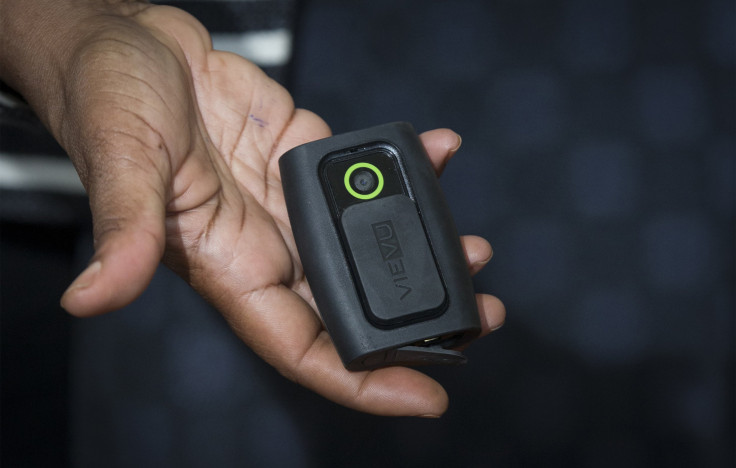Body Cameras For US Police Officers: Are The Programs Effective?

Police body cameras have been called a necessary salve to heal the nation's increasingly troubled relationship with law enforcement by President Barack Obama and civil rights groups. But a dearth of data on whether police body-camera programs would have helped prevent the shooting of unarmed teenager Michael Brown in Ferguson, Missouri, earlier this year suggests the cameras may not be the cure-all people would like them to be.
Obama Monday asked Congress for $75 million to help outfit some 50,000 police officers nationwide -- or about 7 percent of police officers in the country -- with small, lapel-mounted cameras. The measure, part of the White House’s initiative to reform the nature of policing in the U.S., is as ambitious as it is popular, especially given the recent events in Ferguson. Officer Darren Wilson was not charged in Brown’s death after a grand jury last week agreed with the officer’s account he acted in self-defense in the August shooting.
The American Civil Liberties Union has long sought to have law enforcement monitor interactions with civilians to avoid what happened in Ferguson. The public increasingly supports them. More police departments are feeling pressured to use them and appear to be warming up to the idea, the Miami Herald reported. “It’s rare that you find a topic that you get consensus from the ACLU, law enforcement and community members,” Lindsay Miller, senior research associate at the Police Executive Research Forum in Washington, told International Business Times.
Body-cams are seen as an extension of another type of Big Brother technology: the dashboard camera, or “dash-cam,” that came into wide use in law enforcement in the late 1990s and early 2000s following several high-profile lawsuits against law enforcement alleging racial profiling. But the technology only records what occurs directly in front of or around the vehicle. Advocates of body-cams generally agree the mobility of the cameras would allow police officers to record events taking place away from the patrol car.
Only a handful of police departments have implemented body-cam programs, and even fewer have had them in place long enough for solid conclusions to be drawn. Just three places stand out as having successfully employed body-cam programs: Rialto, California, Phoenix and Mesa, Arizona. Research has shown their implementation has led to substantially fewer citizen complaints against law enforcement, a report published in April by the U.S. Department of Justice Department found. Studies of the programs in those cities have also shown a kind of “civilizing effect” -- when both parties in a confrontation are aware their actions are being recorded, they tend to behave themselves.
However, three case studies “is not nearly enough” evidence of either effectiveness or failure, Michael White, a professor of criminology at Arizona State University and author of the Justice Department report, told IBTimes. Despite the supposed benefits witnessed in California and Arizona, the report concluded there is "little evidence regarding most of the perceived benefits and drawbacks of the technology.” White said not much has changed in the six months since the study was published.
The major deterrent to widespread implementation, White said, is the expense. The president’s initiative might help police departments with the up-front costs of implementing body-cam programs, but “the really expensive part is managing the program,” White said. All that data has to be stored, processed and, in the event of a discrepancy, retrieved. That requires some level of manual labor, which costs money. The bulk of a body-cam program’s budget goes toward data storage, something that can cost upwards of hundreds of thousands or even millions of dollars annually, Miller said.
Then there are the slew of ethical and privacy concerns to consider. When exactly should police officers film? Will officers face discipline for turning the cameras off? And while tapes acquired from police cameras are supposedly public record, journalists have at times had trouble accessing police dash-cam footage.
Like with any new technology or procedure, there are still plenty of wrinkles to iron out. At the very least, more research is needed to determine when and where the best places to implement body-cam programs would be, the Justice Department report said. If done properly, police body-cams could serve to change behavior on both sides of the equation as well as fill in crucial gaps in evidence gathering.
“The body of knowledge is definitely growing,” Miller said. “This can protect everyone if [the programs] are implemented correctly.”
© Copyright IBTimes 2024. All rights reserved.






















